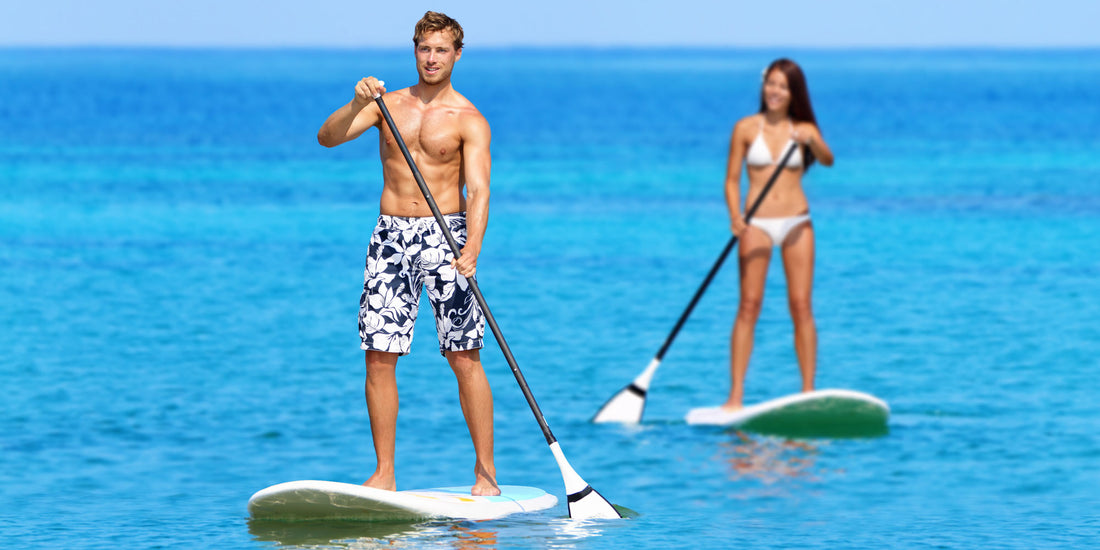Introduction:
Paddle boarding, also known as stand-up paddleboarding (SUP), is a thrilling water sport that combines balance, strength, and tranquility. Whether you're a first-time paddle boarder or looking to enhance your skills, this comprehensive guide will provide essential tips for a safe and enjoyable experience on the water.
1. Use a Leash for Safety:
One of the first and most crucial tips for paddle boarding is to always use a leash. Leashes help keep you connected to your board, preventing it from drifting away in case of a fall. This safety measure is especially important in various water conditions and ensures a secure paddling experience.
2. Ensure Your Paddle is Positioned Correctly:
Proper paddle positioning is key to an effective and comfortable paddle stroke. Many beginners make the mistake of facing the paddle backward. To optimize your stroke and reduce strain on your shoulders and elbows, position the paddle correctly with the blade facing forward while standing.
3. Face the Right Way:
Identifying the front of your paddleboard is essential for maintaining stability and control. Check the location of the fins; they should be at the back. This positioning, known as tracking, helps your board move straight while paddling and improves grip during wave surfing.
4. Engage Your Core for Efficient Paddling:
Paddle boarding relies heavily on core strength. Rather than relying solely on your arms, engage your core muscles for a more powerful and less tiring paddle stroke. This technique enhances your overall paddling experience, making it more enjoyable and effective.
5. Keep Your Eyes on the Horizon:
Maintaining balance on a paddleboard requires proper body positioning. Resist the urge to look down at your feet; instead, keep your eyes on the horizon. This simple adjustment helps distribute your weight correctly, keeping your head up, back straight, and weight over your toes for optimal stability.
6. Stay Mindful of Other Water Users:
Paddle boards cover a considerable amount of water, and collisions can happen. Be aware of your surroundings and stay out of the way of other water users. Practicing in open and spacious water areas ensures a safe environment for learning and mastering paddle boarding.
7. Practice Falling Safely:
Falling off your paddleboard is inevitable, even for experienced paddlers. The key is to practice falling away from your board, ensuring you don't collide with it. This skill is particularly important in locations with waves or currents where the board may move independently.
8. Choose Waves Wisely:
For those venturing into wave riding, it's crucial to select waves that match your skill level. Understanding your limits and respecting the power of the ocean or river ensures a fun and safe paddle boarding experience.
9. Be Wind-Aware:
Paddle boarders are akin to sails in the wind, making it essential to stay wind-aware. Check weather conditions before paddling, and if caught in unfavorable wind changes, paddle prone to maintain control. This technique involves lying down with the paddle tucked under you, resembling regular surfboard paddling.
10. Properly Care for Your Equipment:
Paddle boards, especially those for beginners, are made of lightweight materials, making them vulnerable to damage. Handle your board and paddle with care on land to maintain their durability and ensure a longer lifespan.
Conclusion:
Mastering the art of paddle boarding is an exciting journey, and with these comprehensive tips, beginners can confidently step onto the water. From safety measures to proper paddling techniques, this guide covers everything you need to know for a successful and enjoyable paddle boarding experience. Embrace the adventure, follow these tips, and discover the joy of gliding across the water on a stand-up paddleboard.

